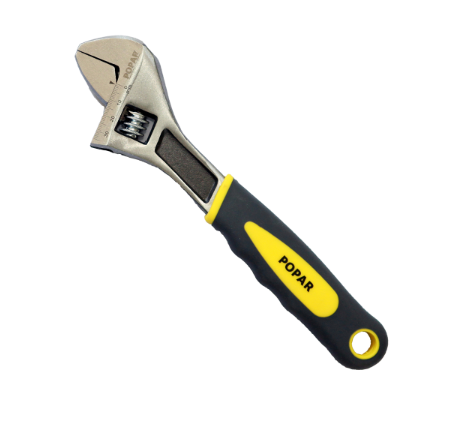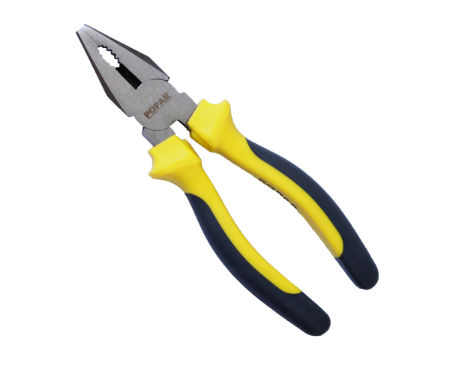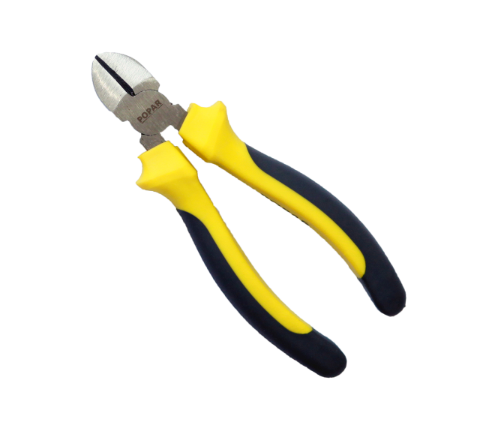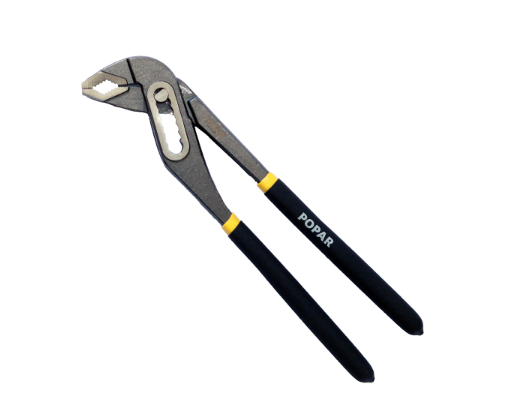Glossary of terms for hand tools from region to region - Part 1
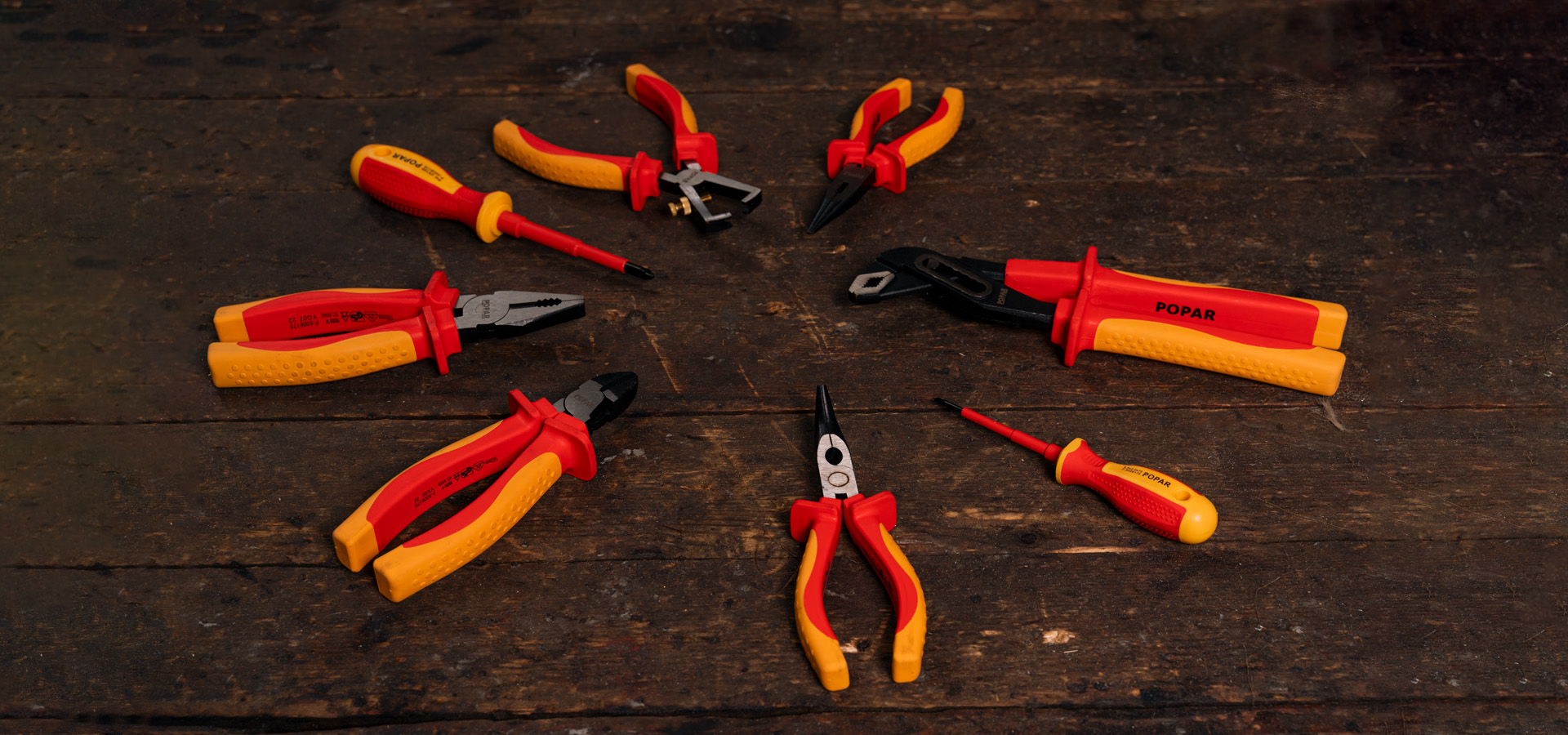
Hand tools have been part of everyday life and craftsmanship for centuries. Beyond their functional value, their names reveal a fascinating linguistic history — often differing, intertwining, or even contradicting across languages. In English, as in Slovenian, the same tool can have several names: formal, colloquial, or brand-based. Below is an overview of several common tools, focusing first on their English terminology and origins, followed by Slovenian notes and equivalents.
The adjustable wrench or adjustable spanner
In English, the most common names for this tool are adjustable wrench (US) and adjustable spanner (UK). In the United States, it’s also widely known as a “Crescent wrench”, after the famous Crescent brand that popularized it. The modern form was patented in 1891 by Swedish inventor Johan Petter Johansson, whose design allowed one jaw to slide and adjust to various sizes of nuts and bolts. Interestingly, naming conventions for this tool differ across Europe: the French call it an English key (clé anglaise), while Germans often refer to it colloquially as a Frenchman (Franzose).
In Slovenia, this tool is commonly called francoz or francoski ključ, although the technical term is nastavljivi ključ or univerzalni ključ. The Slovenian colloquial name, like the German one, likely arose through linguistic borrowing rather than direct origin, showing how names travel independently of inventions.
Combination pliers or ineman's pliers
In English, the standard name is combination pliers, highlighting their multifunctional nature — gripping, holding, and cutting. In American electrical work, they are also known as “ineman’s pliers, and among tradespeople, even simply as Kleins, after the Klein Tools brand that became synonymous with them. These tools evolved during the 19th century alongside industrial expansion, when versatility in hand tools became essential.
In Slovenia, they are called kombinirane klešče, or colloquially kombinerke or kombinirke. The name directly reflects the tool’s multifunctionality, similar to English. As in English, brand influence is visible — certain popular makes have shaped everyday speech.
Diagonal cutters or diagonal pliers
In English, these are known as diagonal pliers, diagonal cutters, or side cutters. Electricians in the U.S. often call them dikes or diags in slang, though these terms are less formal. They are designed to cut wire and other materials, with blades set diagonally to the handles. The tool became essential during the late 19th century, especially with the rise of electrification and fencing.
In Slovenia, the most common colloquial name is ščipalke, while technical manuals refer to them as ščipalne klešče or diagonalne klešče. As in English, the terminology reflects both function (cutting) and shape (diagonal blades).
Water pump pliers or groove-joint pliers
In English, these are known by several descriptive names: tongue-and-groove pliers, groove-joint pliers, or water pump pliers. Their jaws can adjust to various widths, making them ideal for plumbing work. The modern version appeared in the early 20th century and was popularized by American manufacturers such as Channellock — whose name became a common generic term in the U.S.
In Slovenian, these are most famously called papagajke — a vivid nickname derived from the shape of the jaws, which resemble a parrot’s beak. While the official name univerzalne klešče is used in technical language, the colorful term “papagajke” remains dominant in everyday speech, showing how visual associations influence vocabulary.
The naming of hand tools beautifully illustrates how technological development and language intertwine. Technical terminology aims for clarity and uniformity — e.g., adjustable wrench, combination pliers — while everyday speech creates vivid, culture-specific names like Crescent wrench, Kleins, or in Slovenian francoz, kombinerke, ščipalke, and papagajke.
Across countries, these naming traditions reveal both shared functionality and local creativity — the French speak of the English wrench, the Germans of the French one, and Slovenians of the parrot pliers. Each name tells a story about how universal tools acquire a local identity through language.
